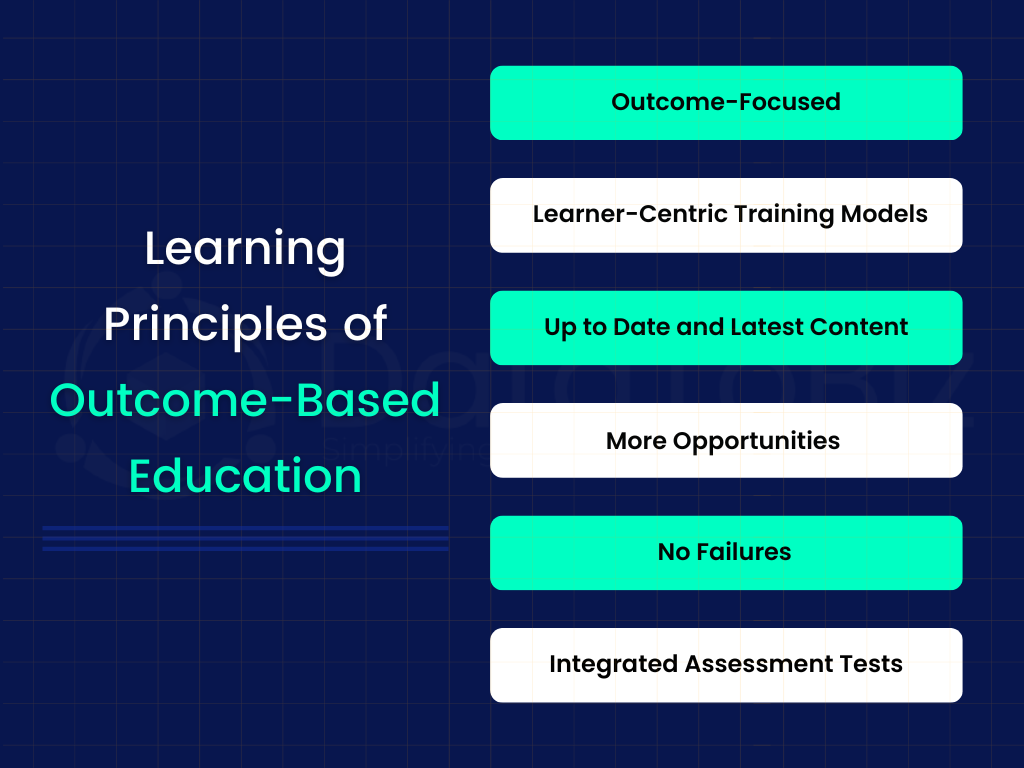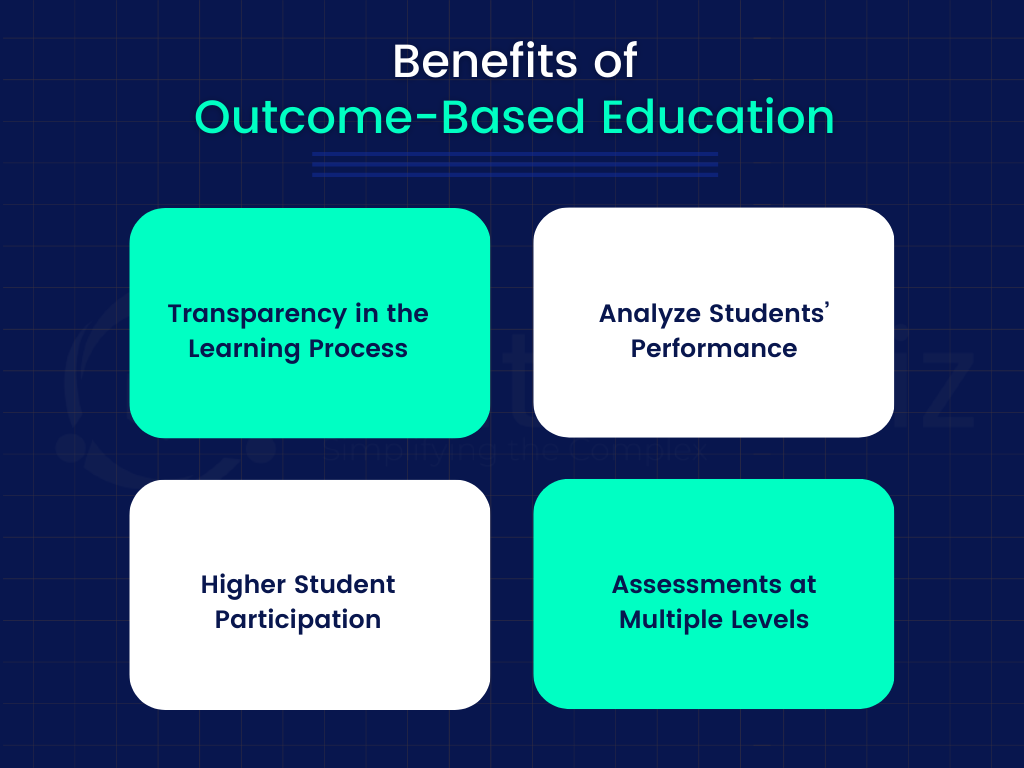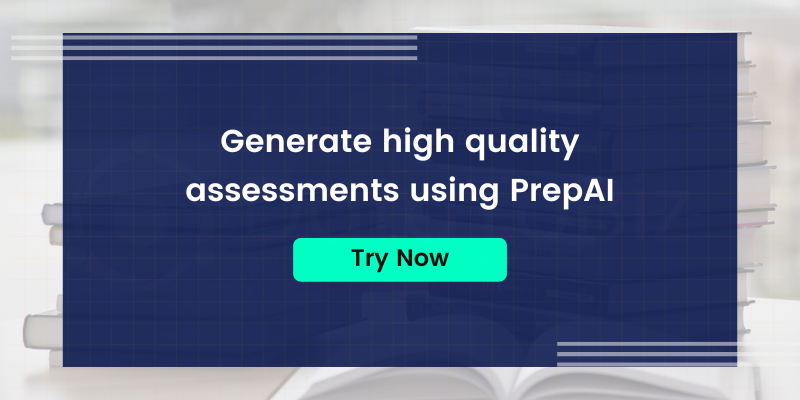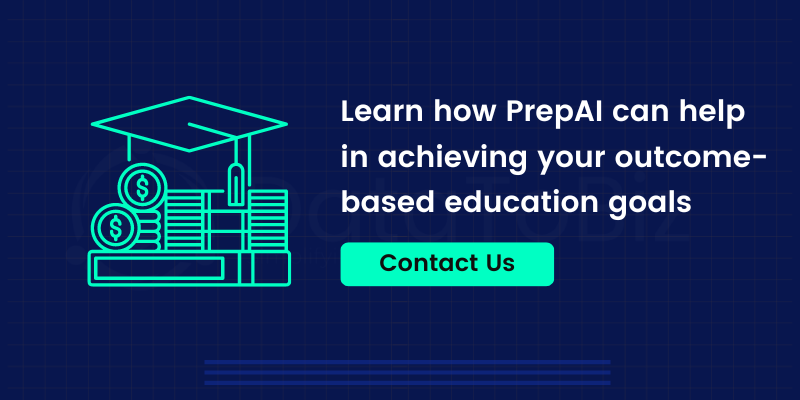Learning methods can no longer be fixed or rigid. Outcome-based education provides an alternative option to streamline learning and make it people-centric rather than content-centric. We’ll discuss the role of OBE and the benefits it offers to trainers and learners in today’s world.
New teaching methods are being explored in recent times. Schools are adopting EdTech solutions to create a holistic and inclusive learning environment. Corporate companies are developing different training modules to make learning more attractive for employees. The intent is to make education/ training learner-centric.
Outcome based education (OBE) is a modern methodology where the focus is on the outcomes rather than the process. Schools are gradually considering the importance of outcome based education to streamline teaching methods and revamp classrooms to make them student-friendly.
OBE is more useful in organizations where employees have to gain certain skills and abilities by the end of the training program. The skills can be tangible or intangible (like behavioral aspects) and are assessed as a part of the training. Outcome-based education aims to improve the quality of training/ learning by creating a well-defined path to reach the outcome.
In this blog, we’ll understand what OBE is, why outcome-based education is better than traditional learning, the benefits of OBE, and its role in the future of classrooms and corporate training centers.
What are the Learning Principles of OBE?
OBE differs from content based learning, where the focus is on the material provided by the trainers. The purpose of outcome-based education relies on the principles mentioned below to create a learning process that leads students/ employees to achieve the desired outcomes/ goals.

Outcome-Focused
OBE focuses on what the learner can do with the knowledge gained. It is about whether the learner can use the knowledge in real life instead of simply memorizing the concepts and repeating them. The practical application of knowledge is a vital factor in OBE.
Let’s consider a course designed to train candidates on how to design a website. By the end of the course, the candidates should be proficient in using their newly gained knowledge to build a website as per the instructions. They should be able to handle and identify the errors and correct them to execute the code correctly and design a functioning site.
OBE methodology focuses on this outcome of a practical application where candidates can showcase the results by implementing their skills.
Learner-Centric Training Models
Outcome based education is based on what the learner has gained from the course to achieve the desired goals. The training methodologies are designed to be learner-friendly instead of content-centric or trainer-centric. The focus is on ensuring higher learner participation.
The trainers should personalize the teaching methods to encourage candidates to be more attentive in the classroom and become active participants. Candidates will no longer be passive in the class. They put forth their opinions, doubts, ideas, etc., and explore the topics from their perspective. For example, a candidate can come up with a unique idea for web designing and try to write the code for it instead of simply following the trainer’s lessons.
Up to Date and Fresh Content
The content used for training has to be practical and updated.. Here, authenticity refers to how real or true the course material is to ensure that the candidates will achieve their goals. Outdated content is not helpful in OBE. New and relevant content has to be created every time.
For example, the web designing course created in 2023 cannot rely on material from the 1980s to train the candidates. Technology has changed drastically over the years. The older frameworks and codes are no longer suitable for modern technology. When trainers create fresh content based on the existing operating systems and applications, candidates will be better equipped to design attractive websites using the tools available in the market. There won’t be a gap between what they learned and what’s used in the industry.
More Opportunities
The ultimate goal of outcome-based learning is to empower learners to be open to more opportunities in the market. They should have the necessary skills to get a better job, a promotion, or become a part of an important project to advance in their careers. OBE aims to ready candidates to explore the job market based on their skills. Technical and soft skills are both important and can be the goal of OBE training programs.
Continuing the previous example, the candidate proficient in web designing can offer freelance services or apply for a job in a company. They can create their own website and build a portfolio to showcase their skills and increase their chances of attracting the right employer to offer them a job.
No Failures
Content-based education has a grading system that measures the memory or understanding abilities of the candidates. Those who cannot memorize and reproduce the content in the required format fail the assessments. In outcome based education, the assessments are designed to measure the application of the knowledge gained.
For example, a candidate can either design a website perfectly based on what they learned during the course, or they could make mistakes and design a faulty website. Here, the extent of learning is determined by the quality of the website created. A site with errors shows that the candidate is not yet competent and requires further training to convert knowledge into practical application. There are no failures in OBE as the learner will continue to be a part of the training program until they achieve the outcome.
Integrated Assessment Tests
Outcome based education uses assessments as a means to help the learner understand the gap between their current level and the required outcome level. The tests are conducted at different stages to help learners adjust their priorities and learning techniques to achieve their goals. The results of the assessments can be collected to create summative marks for school/ college students. This may not be necessary for companies.
Trainers can integrate third-party assessment tools like PrepAI into their learning modules to conduct tests at different stages of training. PrepAI is an online test paper generator based on an artificial intelligence algorithm. It automatically converts input data into different types of questions (MCQs, fill-ups, true/ false, & descriptive) in a few seconds. Trainers can edit and customize the test paper before exporting the final version and sharing it with the candidates. It is an effective tool designed to assist trainers conduct assessments during the course.
How is OBE Different from the Traditional Way of Teaching?
Outcome based education doesn’t have a time limit. It is not limited to a particular style of learning. The process is flexible, and the primary intention is to develop the necessary skills in learners to meet their goals. This is vastly different from traditional learning, which is time and method bound.
Here are a few other differences between the two teaching methodologies:
Curriculum Designing
In traditional teaching, the curriculum is usually the same for many years. The content and teaching methods may be outdated or ineffective, and the focus is on completing the syllabus within the given timeframe.
The curriculum for OBE is updated every year (or frequently) to ensure that it stays relevant to the current times. The curriculum is designed to suit the learners’ needs and the skills they need to develop to bridge the gap between their knowledge and the required outcome.
Teaching
Traditional teaching methods are rigid and don’t have much scope for personalization. Learners who are not comfortable with the teaching method end up with fewer marks or bad assessments.
However, outcome-based education promotes flexible learning and personalization. Trainers have the choice to use different methods like seminars, discussions, project-based teaching, AR & VR tools, etc., to make the lessons more interesting and engaging. Trainers can create a classroom where different types of learners can gain knowledge through different methods.
Grading
Traditional grading system ranks from best to worst on a predetermined scale. Students are graded based on their performance in the assessments. This doesn’t test the application of their skills but is limited to testing their knowledge.
OBE doesn’t have a grading scale. There is no comparison with other learners in the group. The candidate is assessed based on their abilities, which shows whether they need more training or are capable of achieving the goals. Assigning levels is another grading system followed in OBE. Learners are categorized based on their level so that the content and teaching methods can be customized to help them overcome their weaknesses and get the desired outcome.
Benefits of Outcome Based Education

1. Transparency in the Learning Process
Transparency is one of the biggest strengths of outcome based education. OBE makes it clear about the outcomes and expectations of the course. Trainers and learners know what they have to achieve by the end of the training program. This allows them to choose the right content and learning methods. Clarity of goals further brings greater clarity in designing the approach to the outcomes.
For example, the outcome of a training program is to empower customer service representatives to handle a variety of problems at work. This includes product/service-related issues, technical aspects, financial aspects (price, discounts, refunds, etc.), and customers. They have to deal with short-tempered and angry customers just as they deal with those with zero knowledge about the product. This clarity helps both parties start the training with similar intentions, i.e., to provide high-quality customer service.
2. Analyze Students’ Performance
OBE assessments are conducted to determine the extent of the learner’s ability to use the newly gained knowledge to achieve the desired outcome. The candidate’s strengths and weaknesses are marked clearly so that trainers can focus on minimizing the weaknesses. Trainers can monitor the progress of each student and know when they are ready to complete the course.
This is not time bound but a long-term process that goes on until the learners become efficient in displaying their skills as per the predefined outcome. Each candidate gets equal treatment and attention. Learners have to compete with their previous selves and do better as the training progresses. Any comparison in the process is limited to their previous assessments and the final outcome and not with other students.
3. Higher Student Participation
Outcome based education encourages self-learning. Learners not only gain knowledge from the trainers but also study on their own to gain complete knowledge. Candidates can also identify their mistakes and weak points to take corrective steps and streamline their learning path.
OBE encourages learners to be active through the training programs and put in effort from their side. They can speed up the process or take more time to learn the finer aspects that will enrich their knowledge and help them present their skills with greater precision.
4. Assessments at Multiple Levels
Focus group studies, self-reports by students, document analysis, etc., are some examples of outcome based assessment methods. A combination of assessment methods can be used by trainers to measure the progress of each candidate during the course. This data is used to monitor the individuals’ growth and learning abilities.
Employers can go through the results of these assessments to determine if the candidate is capable of handling the responsibilities of the job or if they require more training. It also helps identify the right job for the candidate based on the strengths discovered during the course. Some Companies use smart methods such as using AI question generator tools like PrepAI and integrating them with their LMS systems to assess learners. The tool is also used by schools and colleges to conduct tests in the classrooms.
PrepAI has been updated with Bloom’s Taxonomy algorithm to create questions that focus on nudging the candidates to think about the topic instead of answering from memory. For example, when the assessment paper is designed using Bloom’s Taxonomy algorithm, learners or employees will have to evaluate the question and determine how they wish to answer it. Here, instead of dealing with strict right or wrong answers, the educator and the candidate will work with open-ended questions that have more than one answer. This allows trainers/teachers to understand the candidate’s learning abilities and their current level.
Why Outcomes-Based Education Is the Future of the Classroom?
OBE is the future of classrooms as it allows students to go beyond the traditional boundaries of learning. It is a more flexible, scalable, and personalized teaching methodology where teachers and learners are active participants and work together to achieve a common goal.
Outcome-based education makes it easy to implement EdTech in classrooms and create an inclusive and diverse learning space. Talk to our team to get more insights about the importance of outcomes-based education and the role of PrepAI in creating assessments in OBE.




